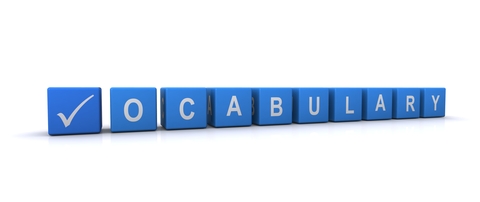Tweaking Vocabulary Definitions
Have you ever wondered how the dictionaries came up with their definitions and why are they so unfriendly to users? Beck, McKeown and Kucan’s Bringing Words To Life gives background on how definitions came to be.
Definition practices date back to the 18th century and involve first describing the word by class and then how it differs from other members in the class. They give an example of the word bachelor which is defined as, “a man who is unmarried.” Another consideration is space – dictionaries try to use as little space as possible for each of the thousands of words.
Many of our students with language-learning differences struggle with definitions because of how they are worded, the lack of information because of space and the fact that there are tier two vocabulary words embedded within the definitions.
For example, the word prominent, is defined by Webster’s Dictionary as:
Right off the bat there are 2 tier two vocabulary words embedded in the definition – surface and distinguished – making the definition difficult for a student to access. The definition itself is not worded in everyday language.
I like to use the online Cobuild Dictionary and it has this definition for prominent:
Don’t be afraid to tweak the definitions for students, so they develop a deeper and broader understanding of the terms. Once they understand deeply, you can help them associate that meaning with the definition given in their classroom to maximize learning.



